Suaedang [Korea Quality] / 안동 수애당 [한국관광 품질인증]
0m 71641 2023-04-13
1714-11, Sugogyonggye-ro Imdong-myeon, Andong-si, Gyeongsangbuk-do
+82-54-822-6661
'Suaedang Traditional House was built by Ryu Jin-geol, also known by his pen-name of Suae, in 1939. This hanok-style house consists of three buildings that measure 29-kan (a traditional measurement that corresponds to the space between two columns) in total.
The main room, or jeongchim (7-kan at front and 2-kan at sides), has a half-hipped roof, and forms a‘ㄱ’-shape with the storeroom (10-kan at front), which also has a half-hipped roof. Originally located at 612 Sugok-dong, Andong-si, the house was relocated from a slight slope to a flat piece of land due to the construction of Imha Dam in 1987. Consequently, the Jeongchim was rebuilt at a lower level than before.
The Suaedang was renovated by modernizing the old-style facilities including the kitchen, toilets, and washroom without changing their external features, while the rooms and daecheongmaru (main floored room) were decorated with red clay and natural paint. Suaedang, with its beautiful panoramic view of the lake, was designated as Gyeongsangbuk-do Cultural Property No. 56.
Jeongjae Head House [Korea Quality] / 정재종택 [한국관광 품질인증]
935.5558446741927m 7775 2023-04-13
경상북도 안동시 임동면 경동로 2661-8
+82-10-8590-0625
Boasting more than 300 years of tradition, Jeongjae Traditional House is the head house of Ryu Chi-myeong (pen-name: Jeongjae), who inherited the study of Togye Yi Hwang (1501-1570), one of the two most prominent Korean Confucian scholars of Joseon. The old house features the characteristic construction elements of a Joseon hanok, including the stylobate, wooden pillars, toenmaru (the narrow wooden porch running along the outside of the building), tiled roof, and other structures, and commands an open view of Imha Lake. The house was originally built by Ryu Gwan-hyeon, the great-great-grandfather of Ryu Chi-myeong, in 1735 (the 11th year of the reign of King Yeongjo of Joseon) in the village of Handeul in Imdong-myeon, Andong-si, Gyeongsangbuk-do, but it was relocated to the foot of Guamsan Mountain in 1987 when Imha Dam was built and the surrounding area was submerged as a result. The house consists of the daemunchae (gate building), jeongchim (a ‘ㅁ’-shaped house with a tiled roof), haengnangchae (servants’ quarters), a shrine, and a pavilion. The sarangchae (men’s quarters) is clearly visible, while the anchae (women’s quarters) is concealed within the house. The sarangchae has a sarangmaru (wooden floor), a large sarangbang room, a small sarangbang room, and there is a small maru between the two rooms. The buildings of the sarangchae and anchae are clearly divided into segregated spaces for men and women according to Confucian tradition. The anchae has a daecheongmaru (large wooden floor) in the middle; a main room, kitchen, and toilet on the right; and a numaru (upper floor) and sangbang (upper room) on the left. The small side door of the main gate links to the door by which to enter the anchae, which has a small vegetable garden. Manujeong Pavilion (Gyeongsangbuk-do Cultural Heritage Material No. 37) is a half-hipped roof building with single-layered eaves located on the left side of the house outside the main gate. It is the place where Ryu Chi-myeong used to teach his students, and consists of a large maru and a guest room. The pavilion is also surrounded by the beautiful scenery of Imha Lake, mountains, and chestnut trees. Jeongjae Traditional House provides two special experience programs: Making Songhwaju, which is the Ryu family’s home-brewed liquor (15 to 18 degrees) made with rice, glutinous rice, yeast, pine needles, and chrysanthemums, led by the owner’s wife (Intangible Cultural Asset No. 20); and Making Tarak, which is a fermented milk drink that has been made by the Ryu’s family for some 500 years. As the recipe for making Tarak is relatively simple, and uses yeast that is usually used to make raw rice wine like Makgeolli, people can easily make it at home. The house also runs a traditional music program designed to show participants how to play the gayageum (Korean zither with twelve strings) and sing Korean folk songs, and stages small concerts.
Imhaho Gisa Sikdang(임하호기사님식당)
1.5 Km 194 2021-04-09
8, Seonchakjang-gil, Andong-si, Gyeongsangbuk-do
+82-54-822-4929
There are a variety of side dishes, so you can enjoy different foods. This Korean dishes restaurant is located in Andong-si, Gyeongsangbuk-do. The representative menu is kimchi stew.
Aldea de las Artes Jirye (지례예술촌)
5.4 Km 6136 2024-05-07
Jiryeyesulchon-gil 427, Imdong-myeon, Andong-si, Gyeongsangbuk-do.
La aldea se creó con la construcción de la Presa Imha de Andong. En el año 1986, el área de Jirye-ri, Imdong-myeon, de la ciudad de Andong, se encontraba en peligro de hundimiento, por lo tanto, el actual jefe de la Aldea de las Artes Jirye, Kim Won-gil, había trasladado la pequeña aldea hacia un sitio más seguro, detrás de una montaña, instalando 10 edificios. Luego en el año 1990, el Ministerio de Cultura lo había designado como la Aldea de Creatividad Artística, por lo que hasta el momento es utilizada como un espacio de entrenamiento para los trabajos de los artistas. Hay muchas presas multifuncionales construidas en el país, pero esta fue la primera que gracias a la idea de una persona, se ha podido preservar el patrimonio cultural y también establecerlo como un espacio artístico.
Posee un paisaje natural maravilloso, ya que por la noche el cielo es bordado de estrellas y hasta también pasean volando las luciérnagas. Lo único que se escucha, son los cantos de los insectos y el soplo del viento, y, por las mañanas, el lago se viste de la niebla húmeda, por lo que presenta otro escenario mágico y misterioso. El paisaje natural se viste de distintos colores, según cada estación, primavera, verano, otoño e invierno. Visitando la aldea, tendrá la posibilidad de experimentar de aquellas actividades básicas de la vida, recolectar verduras, frutas y setas de pino, cazar peces, y, también degustar de los platos típicos de la región de Andong. En particular, la otra gran experiencia, es que tendrá la oportunidad única de alojarse en la habitación con ondol (sistema de calefacción tradicional), dentro de una construcción de madera que posee 350 años de antigüedad, la que también fue declarada como material patrimonial por la provincia de Gyeongsangbuk-do. Todos los detalles de la casa, será motivo suficiente para que pueda disfrutar del ambiente.
Aunque el papel principal de la aldea es ser utilizada como un espacio de trabajo para los artistas, también es famoso para los turistas extranjeros, que lo frecuentan para conocer y experimentar la cultura coreana. El sistema de baño que utiliza la energía solar, y por la instalación de internet, ha facilitado el acceso de las mujeres y de los turistas extranjeros. Cada año es visitado por más de 5.000 personas.
Oryuheon House [Korea Quality] / 오류헌 [한국관광 품질인증/Korea Quality]
6.3 Km 5 2023-04-13
18-15, Gireumaje-gil, Andong-si, Gyeongsangbuk-do
Oryuheon House, located near Imhaho Lake in Andong, Gyeongsangbuk-do, offers a chance to stay in a historic house from the Joseon period. The house, also known as Mogwa House, was built by Kim Won-jung, the third son of Sukjong-era rector of the National Academy Kim Bang-geol, when he formed a family of his own in 1678. It was designated as the National Folk Cultural Heritage No. 184. The door’s wooden frame and the open floor space exemplify the beauty of the literati house of the Joseon period, while the sarangchae (men’s quarters) and daemunchae (gate quarters) showcase the sophisticated architecture of the era. Anchae (women’s quarters) retains its original appearance, while the sarangchae was rebuilt in 1920. The construction of the Imha Dam in 1990 resulted in the house’s relocation to its present location.
The owner of the house resides in anchae and sarangchae. Guests have access to a space that includes a 2-kan room, which can accommodate up to 4, an open floor space, and a bathroom. Cooking is prohibited in the house, but guests can make use of a grill located on a small yard reserved for the guests. Korean-style breakfast, including menus like chicken porridge or lotus leaf rice, are offered free of charge in the morning. Nearby sights include the water sports activities in Imhaho Lake, Manhyujeong Pavilion, Hahoe Village, and Dosanseowon Confucian Academy.
Cheonji Sikdang (천지식당)
11.1 Km 35 2021-03-24
90, Utjangteo-gil, Andong-si, Gyeongsangbuk-do
+82-54-822-7008
You can eat maeuntang (fish stew) made with fresh freshwater fish. This Korean dishes restaurant is located in Andong-si, Gyeongsangbuk-do. The representative menu is spicy freshwater fish stew.
Geumjang Garden (금장가든)
11.5 Km 16 2021-03-24
54, Saemdeurwit-gil, Andong-si, Gyeongsangbuk-do
+82-54-822-0948
It is a place where you can enjoy delicious marinated pork. This restaurant's signature menu is spicy stir-fried pork. This Korean dishes restaurant is located in Andong-si, Gyeongsangbuk-do.
Secret (시크릿)
11.7 Km 32 2021-03-24
81, Songcheon, 2-gil, Andong-si, Gyeongsangbuk-do
+82-54-823-2020
It is a place where you can try various dishes featured in its menu. This restaurant's signature menu is chicken feet. This Korean dishes restaurant is located in Andong-si, Gyeongsangbuk-do.
Imyeonjae Head House [Korea Quality] / 흥해배씨 임연재종택 [한국관광 품질인증]
11.9 Km 219 2020-09-03
51, Hyanggyo 1-gil, Andong-si, Gyeongsangbuk-do
+82-10-9077-7216
The Lim Yeon-Jae Head House of Heunghae Bae's Clan was built by Bae Cheon-Seok (1511~1573), Vice Minister of War, in 1558 in Domok-ri, Wolgok-myeon, Andong but was moved to its current location in Songcheon-dong, Andong in 1973 due to the construction of Andong Dam. The house has inherited the tradition of Baekjukdang Bae Sang-Ji (1351~1413) who refused to serve two kings out of loyalty to the Goryeo Dynasty. Bae Sang-Ji is the first ancestor of Heunghae Bae's Clan who settled in Andong. The Lim Yeon-Jae Head House was designated for the permanent worship of the spirit of Governor Bae Sam-Ik (1534~1588, pen name: Lim Yeon-Jae, nickname: Yeowoo) who was the son of Bae Cheon-Seok and a student of Toegye Yi Hwang and who served as the Governor of Hwanghae-do after passing the civil service examination. The house was nicknamed Geumyeokdang after the pen name of Bae Yong-Gil (1556~1609, nickname: Myeongseo), who was a son of Lim Yeon-Jae and who served as secretary of Chungcheong-do Province after passing the civil service examination and fought as a member of the army for the cause of justice during Japan’s invasion of Korea in 1592. With the antique charm of a traditional Korean house, the Lim Yeon-Jae Head House boasts of beautiful walls, stairs, eaves, etc. The windows and doors of the house decorated in the construction style of the early Joseon Dynasty are especially beautiful. In the head house is the time-honored space used as a study since the establishment of the house, which has been opened recently as a little library to accommodate the neighbors who love reading by inheriting the tradition of the house with a collection of many books and opening a bookstore. The little library of Baekjuk Historic House is furnished with more than 5,000 books in different genres including novel, humanities, history, cartoons, and books for infants. You can enjoy time travel to the past through the experience of the old house and by reading books in the library. An air-conditioning/heating system has been installed in every room, with communal bathrooms equipped with the latest facilities positioned here and there in the house for the convenience of visitors.
Zootopium (주토피움)
12.8 Km 0 2024-05-17
Gwangwangdanji-ro 346-95, Andong-si, Gyeongsangbuk-do
![Suaedang [Korea Quality] / 안동 수애당 [한국관광 품질인증]](http://tong.visitkorea.or.kr/cms/resource/88/2528888_image2_1.jpg)
![Jeongjae Head House [Korea Quality] / 정재종택 [한국관광 품질인증]](http://tong.visitkorea.or.kr/cms/resource/96/2579496_image2_1.jpg)
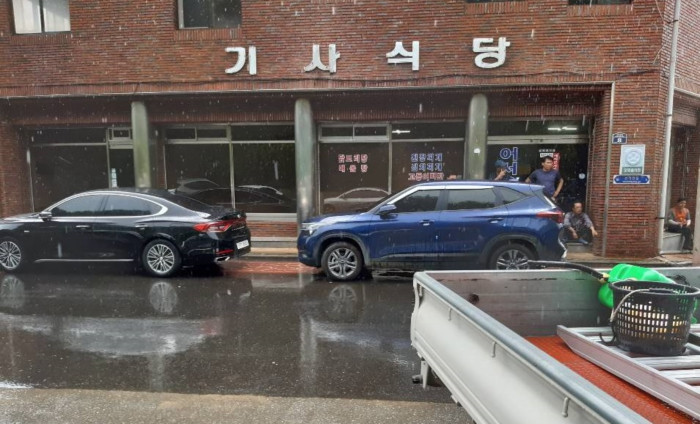
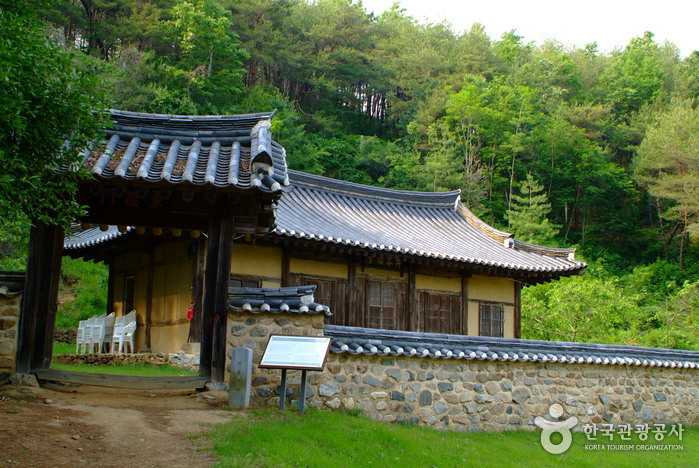
![Oryuheon House [Korea Quality] / 오류헌 [한국관광 품질인증/Korea Quality]](http://tong.visitkorea.or.kr/cms/resource/29/2706129_image2_1.jpg)
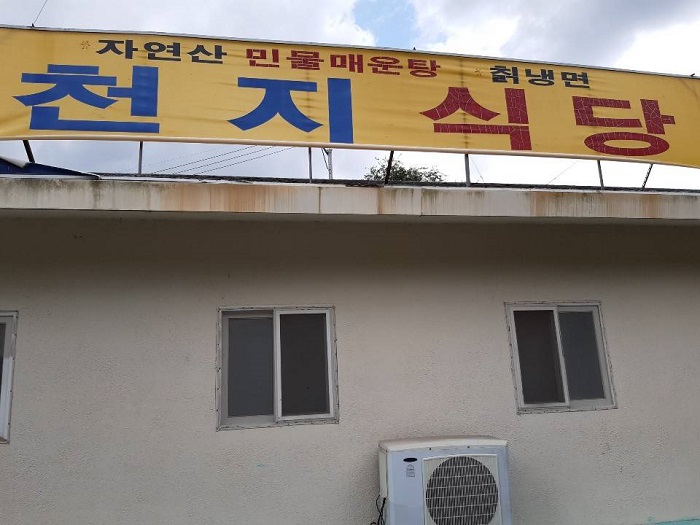
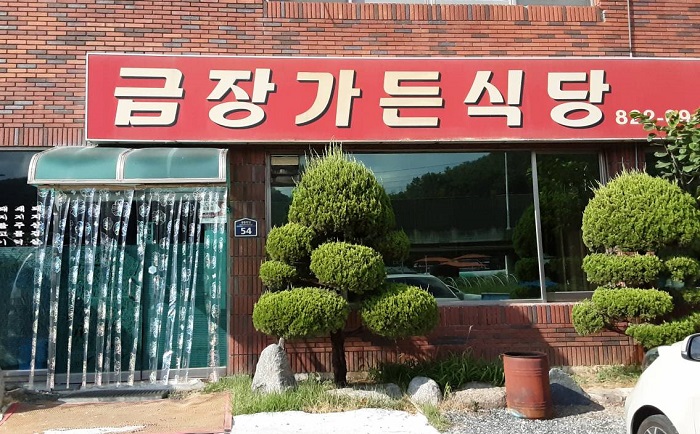
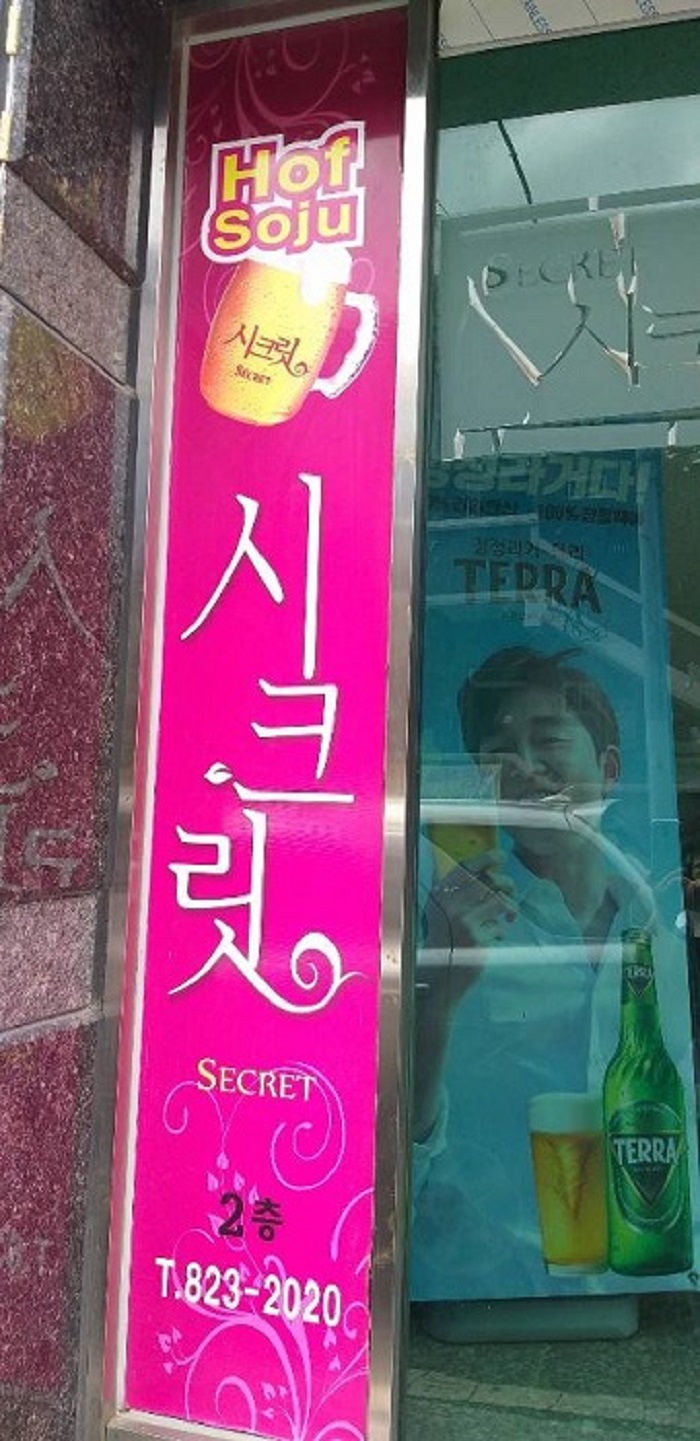
![Imyeonjae Head House [Korea Quality] / 흥해배씨 임연재종택 [한국관광 품질인증]](http://tong.visitkorea.or.kr/cms/resource/84/2627384_image2_1.jpg)

 Español
Español
 한국어
한국어 English
English 日本語
日本語 中文(简体)
中文(简体) Deutsch
Deutsch Français
Français Русский
Русский